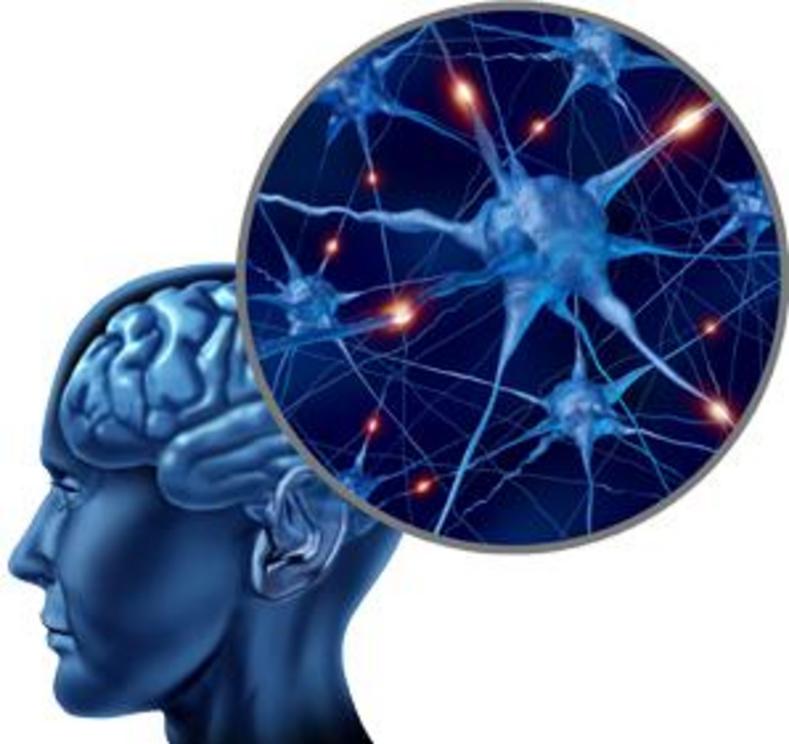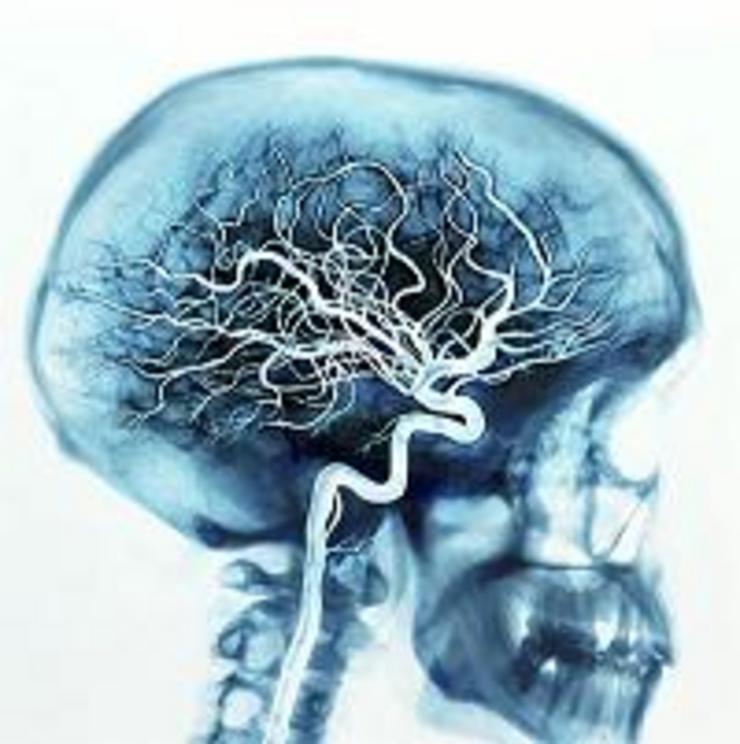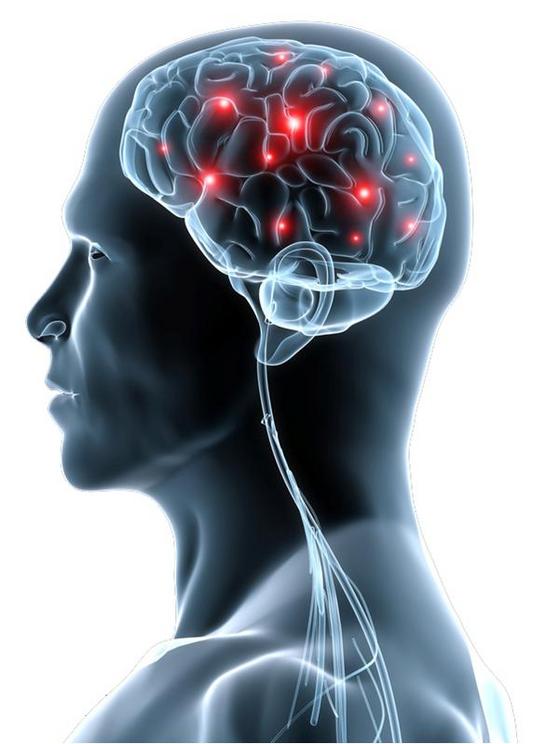Brain cell simulations show critical tipping point for swelling
When brain cells don’t get enough energy, caused by a stroke or trauma, they can start swelling rapidly. New mathematical models of this mechanism, developed by Koen Dijkstra of the University of Twente in The Netherlands, show a critical tipping point: at lower energy levels, there is no way back.
Brain cells that suffer from oxygen shortage, run the risk of swelling: they take up fluid that normally is in between the cells. This fluid overload is dangerous: even if the energy balance is restored, the damage can be permanent. Dijkstra looked into this mechanism in detail, using mathematical models describing the biophysics of a single cell.

No way back
His simulations show a tipping point in the energy levels: from that point on, rapid swelling occurs. At the moment a brain scan clearly shows areas with low energy levels, in most cases this point has been passed and there is no way back. Earlier intervention, however, makes sense. Dijkstra’s simulations show that a temporary blockage of the sodium channels - this is also done in epilepsy treatment - can have an effect.

Modelling energy in the brain is very complicated because of the many interactions between cells. Neurons that don’t get enough oxygen, however, first start ‘cutting down’ on communication. The models can therefore be simplified down to the cell level, for accurate simulation.
Epilepsy
Apart from these single cell models, Dijkstra also developed models including connections. He used these to simulate what happens in different parts of the brain, during epileptic seizure. Around a ‘core’ area where neurons fire at high frequencies, another large area with low frequency activity can be seen.
The new models, on various scales, give neurologists valuable new information on the underlying processes in the brain. This can also lead to new treatment strategies.
Story Source:
Materials provided by University of Twente.

